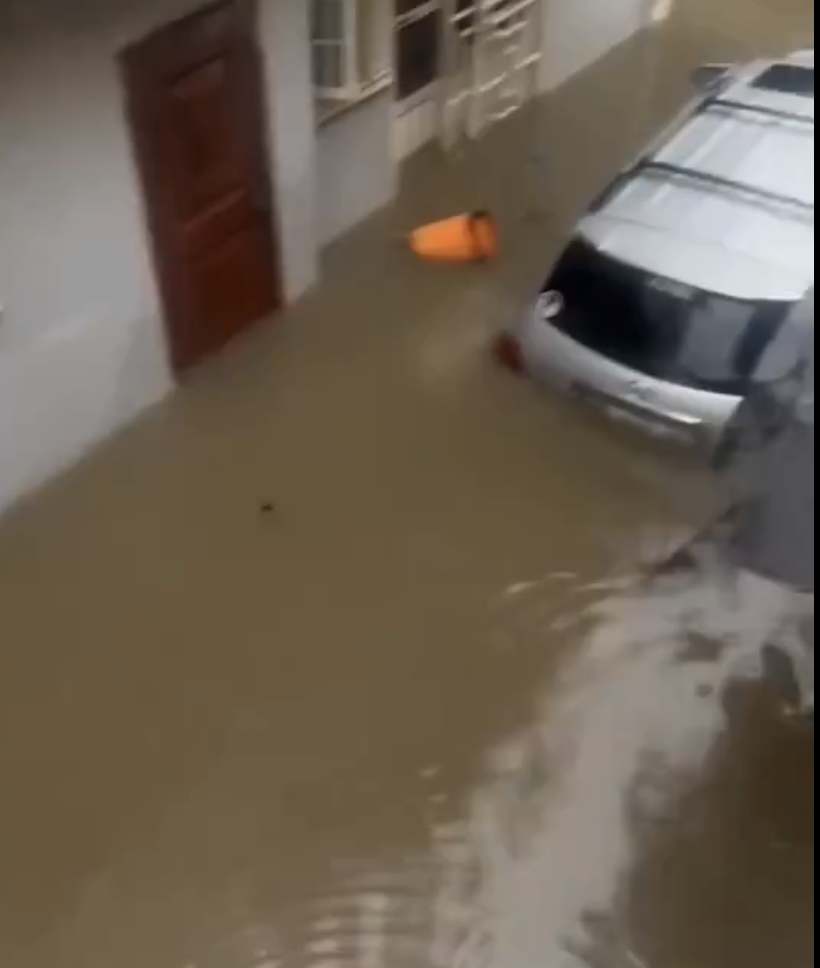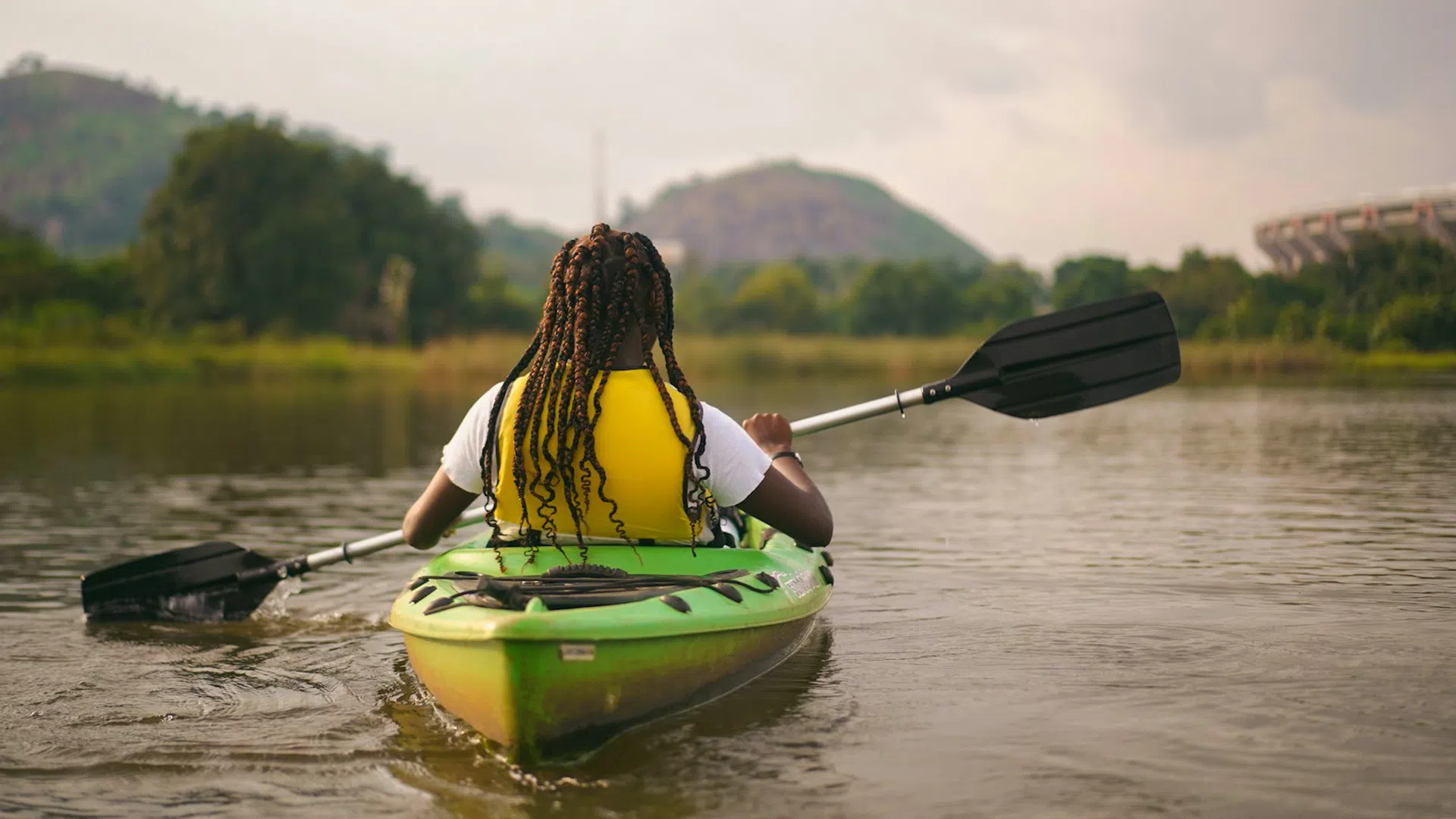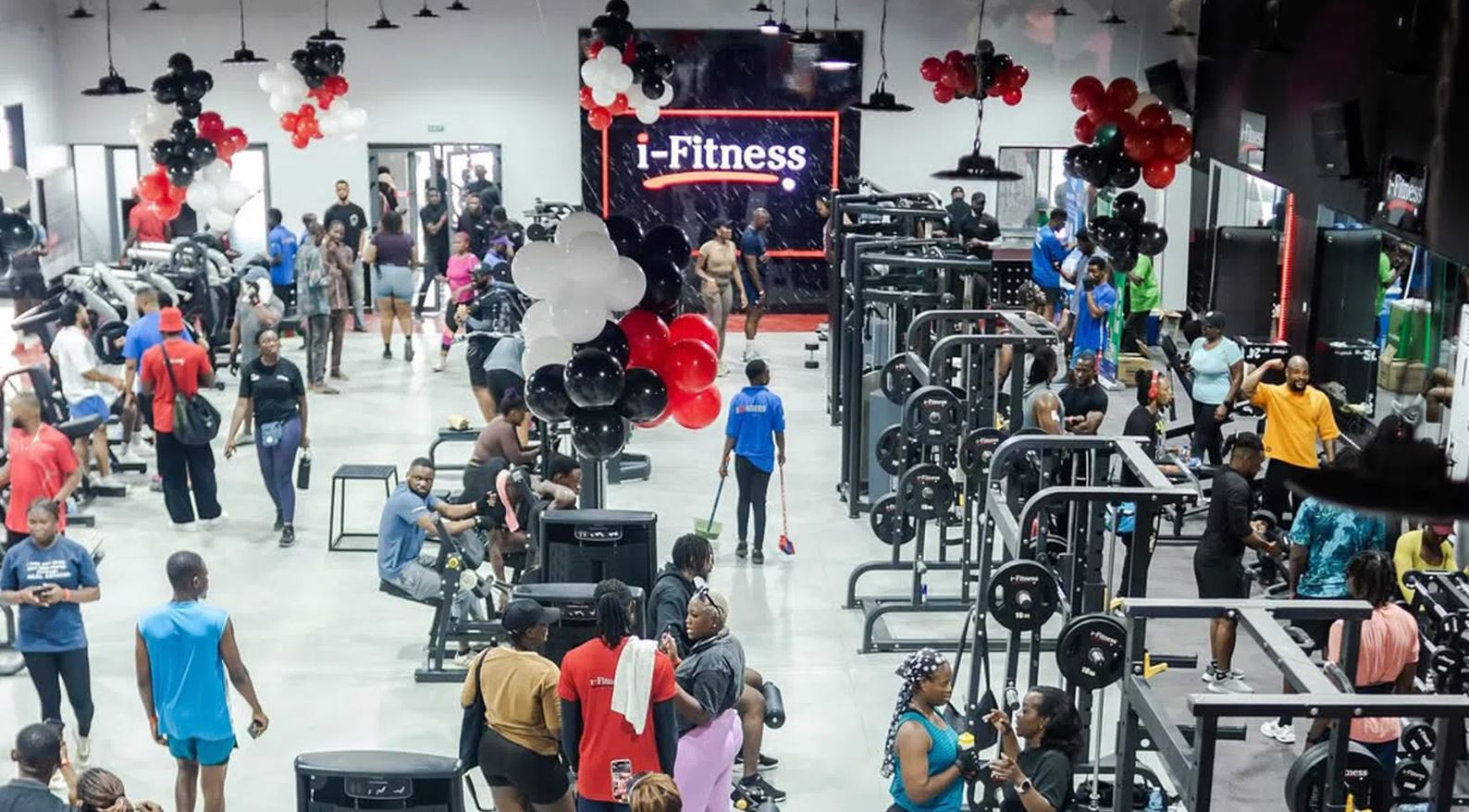How to Stay Safe When Driving or Using Public Transport During Rain and FloodAs the rainy season unfolds, commuters face unique challenges on their way to work or business. Heavy rains and potential flooding can turn a regular trip into a dangerous ordeal. Here are essential tips on how to stay safe when driving or using public transport during rain and flood conditions. See videos of flooded areas in Lagos below:
Iyana-Oworo, Olopo meji area heading to 3rd Mainland Bridge this morning is completely flooded, causing long traffic that extends to Alapere. pic.twitter.com/UOpFoLTw6k
— GIDI (@Gidi_Traffic) July 3, 2024
Driving Safely in Rain and Flood
1. Check Weather Updates
Always stay informed about the weather forecast. Knowing when heavy rain is expected can help you plan your trips better and avoid dangerous situations.
2. Maintain Your Vehicle
Ensure your car is in good condition. Check the tires, brakes, and windshield wipers regularly. Proper maintenance is crucial for safe driving in adverse weather.
3. Avoid Flooded Roads
Do not attempt to drive through flooded areas. Even shallow water can be deceptive and dangerous. Water can damage your vehicle’s engine, electrical system, and interior.
4. Reduce Speed
Slow down when driving in the rain. Wet roads are slippery, and reduced speed helps maintain control of your vehicle. Keep a safe distance from the car ahead to avoid sudden braking.
5. Use Headlights
Turn on your headlights during rain to improve visibility. It helps you see better and ensures other drivers can see you.
6. Stay Calm if Stuck
If your car gets stuck in water, stay calm and try to move to higher ground. Abandon the vehicle if the water level rises rapidly and seek safety.
Using Public Transport During Rain and Flood
1. Plan Your Route
Check for any public transport disruptions due to weather conditions. Use transit apps or websites to find alternative routes if necessary.
2. Leave Early
Give yourself extra time to reach your destination. Delays are common during heavy rain, so leaving early can help you avoid rushing and reduce stress.
3. Dress Appropriately
Wear waterproof clothing and carry an umbrella. Staying dry will keep you comfortable and prevent health issues caused by prolonged exposure to wet conditions.
4. Stay Informed
Keep an eye on news updates and alerts regarding public transport. Authorities often provide real-time information on delays, cancellations, and alternative options.
5. Avoid Crowded Transport
Crowded buses and trains can be unsafe during heavy rain. If possible, wait for less crowded options to ensure a safer and more comfortable journey.
6. Be Cautious at Stations
Public transport stations can become slippery during rain. Watch your step, especially on wet platforms and stairs, to avoid accidents.
Keeping Your Car and Yourself Safe
1. Park Smart
Avoid parking in low-lying areas prone to flooding. Choose elevated parking spots to prevent your car from being submerged.
2. Emergency Kit
Keep an emergency kit in your car. Include items such as a flashlight, first-aid supplies, and basic tools. An emergency kit can be a lifesaver if you encounter unexpected situations.
3. Stay Connected
Ensure your phone is charged and keep emergency contact numbers handy. Being able to communicate during an emergency is vital.
Lagos State Emergency Numbers to Call
In case of emergencies during heavy rain and floods in Lagos, here are the emergency numbers to call:
– Lagos State Emergency Management Agency (LASEMA): 767 or 112
– Lagos State Traffic Management Authority (LASTMA): 0803 910 5523
– Lagos State Fire Service: 0803 332 2051, 0802 312 3424
– Lagos State Ambulance Service (LASAMBUS): 0802 316 9485
Was this helpful?




















